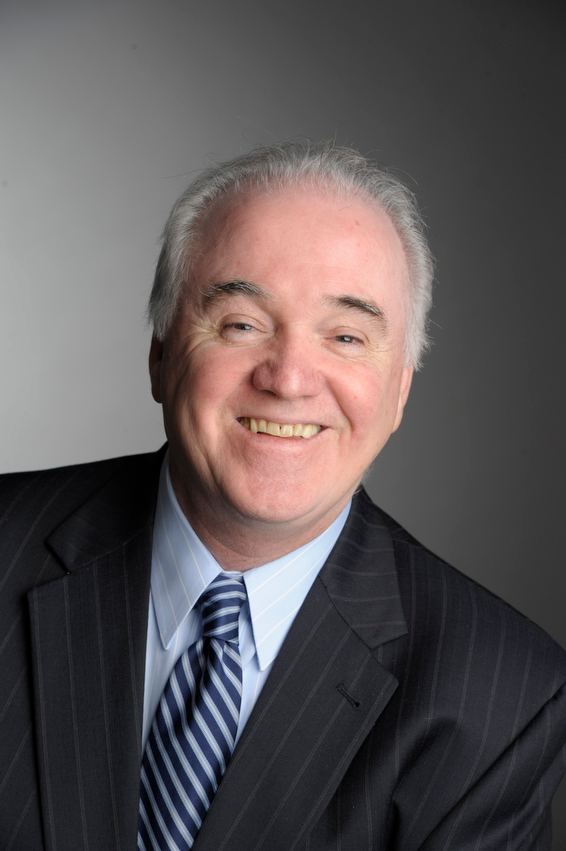INTERVIEW: Scots-Irish immigration celebrated in promising musical event

This year, Carnegie Hall has taken the bold step to explore the many immigration stories that have shaped the United States and its many diverse communities. This week, the Scots-Irish immigrant experience comes into fine focus thanks to The Land of Promise, a theatrical event that utilizes music, dance and storytelling.
The event, co-conceived by Turlough McConnell and George C. Heslin, will feature the talents of TV and film actor Orlagh Cassidy, singer Niamh Hyland, actor and singer Eoin Cannon, Broadway actor Colin Ryan and Trí — The New Irish Tenors.
The special event, part of Carnegie Hall’s Migrations: The Making of America series, takes place Tuesday, April 16 at the Sheen Center for Thought & Culture in Manhattan.
The content for the evening will be inspired by the many Scots-Irish immigrants who help found and influence the United States, and the stories of these Americans — approximately 27 million with this particular heritage — are numerous and far reaching.
Recently Hollywood Soapbox exchanged emails with McConnell about the one-night-only event, which is presented by Origin Theatre Company in association with The Ulster Scots Agency and The Northern Ireland Bureau. McConnell is a playwright who has written The Wars of Dagger John, Dear Mr. Beckett (co-authored with Glenn Young) and Ulster at Play. Questions and answers have been slightly edited for style.
The Land of Promise mixes several types of art — music, dance and story. How difficult is it to orchestrate and stage all of these elements?
Working with director George Heslin we manage to present the performance elements as purely as possible linked by the single narrative of a remarkable journey. As a staged production we take our lead from the old Scots-Irish tradition of staying close to traditional melodies and dance rhythms. The big difference is that since this is New York our singers and dancers are hugely talented contemporary artists.
What do you hope is the audience’s ultimate takeaway after enjoying the performance this week?
We hope to give the audience a renewed sense of the wonder of migration. That people have always — and will always — travel in search of prosperity, freedom and escape from prejudice. That this journey, regardless who takes it, is never a one-way street to a dead end. It’s doesn’t end at the dockside or the arrivals terminal. It begins there.
The migrant brings as much to America as he takes — music, literature, politics, academics and industry. That’s been the great lesson of African America, Jewish America and the Famine Irish, and now we want to add the contribution of the Scots Irish.
The history and impact of the Scots-Irish immigration story is not known by everyone. Does that make a performance like this one extra special?
The unique aspect of our story is that it celebrates a people too long in the shadow. A population hidden in plain sight. Their journey has rarely been told or celebrated because it is slightly complex so therefore easily dismissed.
In the 17th century there was the flow of Scots migrants, mostly Presbyterians, to Ireland’s province of Ulster. There they were called Ulster Scots. Then in the 18th century, after just a few generations in Ulster, a quarter of a million up and left Ulster for North America. They left because the established government of England and the Church of England had overtaxed them and clamped down on their religious liberty. In America they were called and are called Scotch Irish and/or Scots Irish.
The outcome of that migration was phenomenal.
Today as many as 27 million Americans claim a link to the Scots-Irish. Our show chronicles a glimpse of their impact and that of their descendants on the making of America. Among these early settlers are American Revolutionaries, signers of the Declaration of Independence, warriors on both sides of the American Civil War, founders and leaders in the arts, business and military. As many as 18 American presidents claim Scots-Irish heritage, from Andrew Jackson, the seventh president of the United States, to the 44th president Barack Obama (on his mother’s side).
Does understanding immigration stories of the past help individuals understand immigration stories today?
Our hope is that having a better understanding of this immigrant group the audience will see how America has benefited and will continue to benefit from immigration, disparaged as it is these days. Let the Scots-Irish be an example of why immigration works for America.
It’s an old story but as the author William Faulkner said, and he had Scots-Irish heritage: ‘The past is never dead. It’s not even past.’
By John Soltes / Publisher / John@HollywoodSoapbox.com
The Land of Promise will be performed Tuesday, April 16 at 7:30 p.m. at the Sheen Center for Thought & Culture in New York City. Click here for more information and tickets.
